Letter template usa
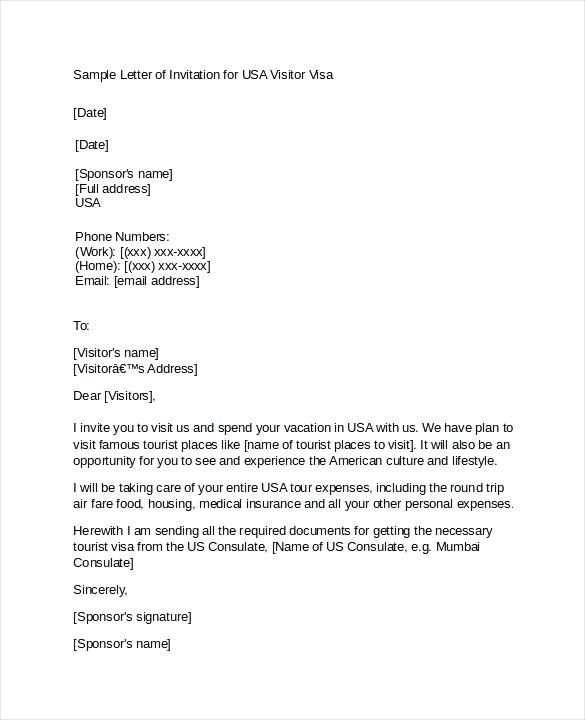
Use this structured letter template for various personal or professional correspondence in the United States. Adapt the format as needed based on the nature of your letter.
Structure of a Letter
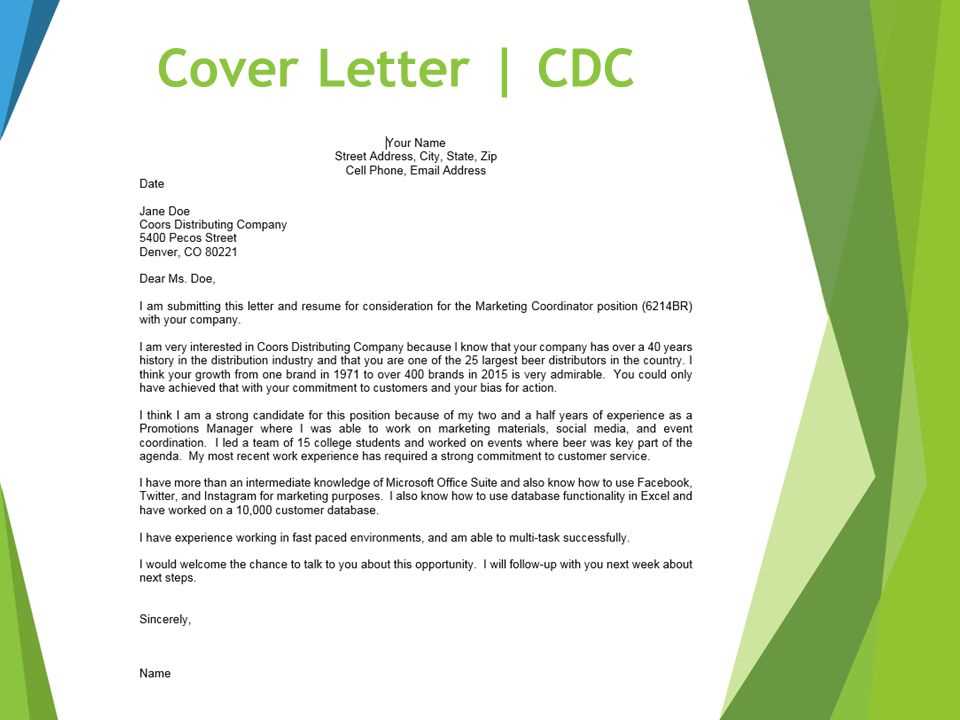
Follow this format for a clear and formal layout of your letter:
- Sender’s Address: Start with your address in the top left corner. Include the street address, city, state, and ZIP code. Skip a line after the address.
- Date: Below the sender’s address, write the date of writing the letter. Use the full month name (e.g., January 25, 2025).
- Recipient’s Address: On the left, below the date, write the recipient’s name, title, organization (if applicable), address, and ZIP code.
- Salutation: Use a formal greeting. For example, “Dear Mr. Smith,” or “Dear Ms. Johnson,”. If you’re unsure of the recipient’s gender, use their full name: “Dear Taylor Smith,”.
- Body of the Letter: The content of the letter follows next. Be direct and organized. Start with the purpose of your letter, followed by details or relevant information. End the body with any requested action or polite request.
- Closing: Finish with a respectful sign-off such as “Sincerely,” “Best regards,” or “Yours truly,”. Leave space for your signature.
- Signature: After the closing, sign your name. Below your signature, type your full name.
Example of a Formal Letter
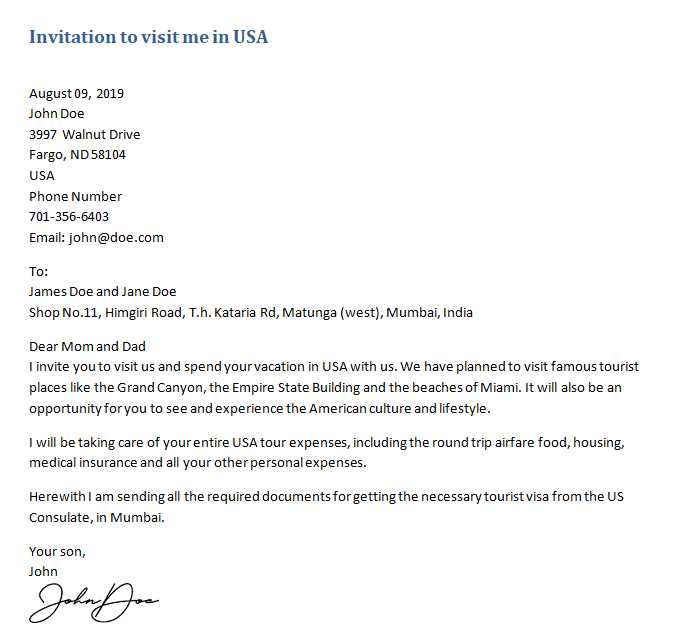
Below is an example of how your letter might look:
John Doe 123 Main Street Cityville, CA 12345 January 25, 2025 Mr. Robert Brown ABC Corporation 456 Business Road Metropolis, NY 67890 Dear Mr. Brown, I am writing to inquire about the status of my job application for the marketing position at ABC Corporation. I submitted my resume and cover letter on January 10th, and I am eager to know if I can provide any additional information. Thank you for considering my application. I look forward to your response. Sincerely, John Doe
Tips for Effective Letter Writing
- Keep the tone polite and professional.
- Avoid overly complex sentences; clarity is key.
- Always proofread your letter for grammatical or spelling errors.
- If you’re sending an email instead of a physical letter, make sure the subject line clearly reflects the content.
Letter Template USA: Practical Guide
Choosing the Right Format for Your Purpose
How to Begin Your Letter: Salutation Options
Structuring the Body: Key Sections to Include
What to Keep in Mind When Closing Your Letter
Common Mistakes in US Letter Writing and How to Avoid Them
Customizing Your Template for Specific Scenarios
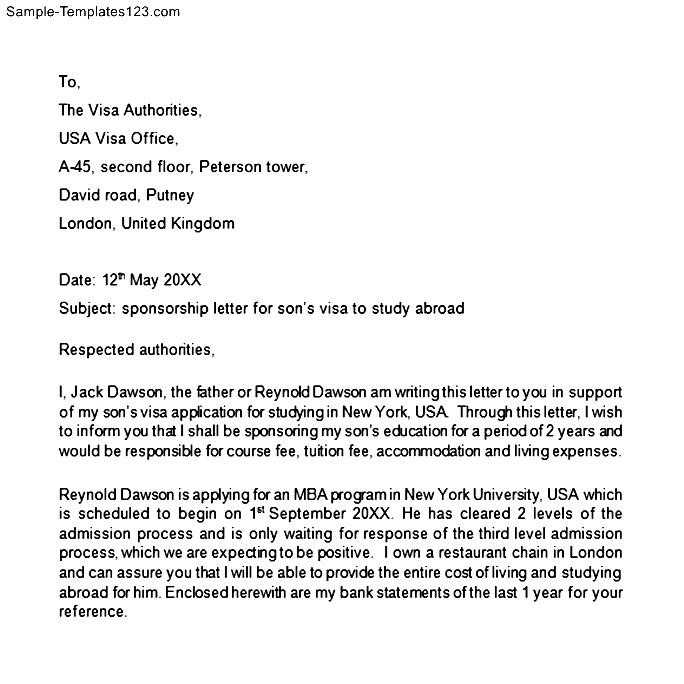
Start by choosing the format that matches your purpose. For business or formal letters, use block style, where all text is aligned to the left. If the tone is less formal, a modified block style is suitable. Adjust margins and spacing to ensure readability–generally, one-inch margins and single spacing between paragraphs work well.
Salutation Options
Begin your letter with a proper salutation. Use “Dear [Name]” for formal correspondence, addressing the recipient by title and last name. For less formal letters, you can use first names or even just “Hello [Name]”. Avoid using “To Whom It May Concern” unless absolutely necessary, as it sounds impersonal.
Structuring the Body
The body of the letter should be clear and organized. Open with a brief introduction stating the purpose of your letter. The middle section should cover the main points in a logical order, divided into paragraphs for easy reading. End the body with a call to action or a closing statement.
For closing, choose “Sincerely” or “Best regards” for formal settings, and “Cheers” or “Take care” for informal letters. Your closing should align with the tone of the letter.
Avoid Common Mistakes
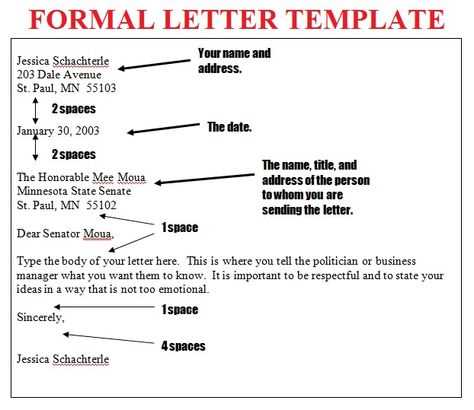
Watch out for the following mistakes:
- Incorrect grammar or spelling–always proofread before sending.
- Being too vague–make your points clear and direct.
- Using overly complex language–keep it simple and to the point.
Customizing templates for specific situations, like job applications or complaint letters, ensures your letter remains relevant and appropriate. Adjust the tone, structure, and content to fit the specific needs of each letter.